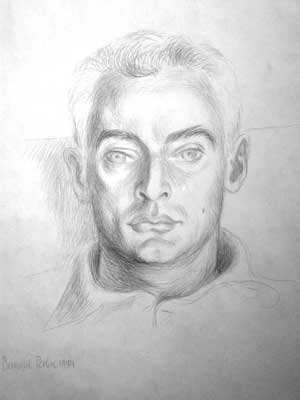Fire Island Art History- Bernard Perlin
Painter Bernard Perlin was part of a group artists who came to Fire Island from the 1930s to the 1950s for inspiration, community, and freedom of expression. Some of his contemporaries include George Platt Lynes, Lincoln Kirstein, Paul Cadmus, and Jared French.
Bernard Perlin on Fire Island with Wilbur Pippin, 1948
Bernard Perlin led a fearless and sometimes dangerous life as a full-time artist and man who sought deep connection. As a propaganda artist and war artist-correspondent, he produced many now-iconic images of World War II and later in life turned to magical realism.
His work regularly appeared in popular magazines of the 1940s, fifties, and sixties; was collected by Rockefellers, Whitneys, and Astors; and was acquired by major museums, including the Smithsonian, the Museum of Modern Art, and the Tate Modern. His portrait clients included well-known literary, artistic, theatrical, political, and high society figures.
His most intimate companions were such luminaries as Vincent Price, George Platt Lynes, Glenway Wescott, Paul Cadmus, Leonard Bernstein, and Truman Capote.
Perlin believed that his sexual drive and his artistic drive were linked, and that is quite evident in his art and his daring sexual life in the underground gay bars of Paris and Rome in the 1940s and the gay cruising scene of the 1950s in the bars and bathhouses of New York City’s Greenwich Village.
Bernard Perlin, Paul Cadmus, and Margaret French on Fire Island 1935.
The New York Art scene…
Socially, he moved in the upper echelons of New York gay society, a glittering “cufflink crowd” that included George Platt Lynes, Lincoln Kirstein, Glenway Wescott, Monroe Wheeler, Paul Cadmus, Jared French, George Tooker, Pavel Tchelitchew, Truman Capote, Leonard Bernstein, Arthur Laurents, and Jerome Robbins.
He also counted among his most intimate companions such luminaries in the arts as Vincent Price, Clifton Webb, Ben Shahn, Samuel Barber, Gian Carlo Menotti, Aaron Copland, Christopher Isherwood, Don Bachardy, Martha Gellhorn, Betsy Drake, Muriel Rukeyser, Carson McCullers, Philip Johnson, and E.M. Forster. Yet he was equally at home in the gay underworlds of New York and Rome, where his unbridled sexual escapades put him in competition with the likes of Jean Genet and Tennessee Williams.
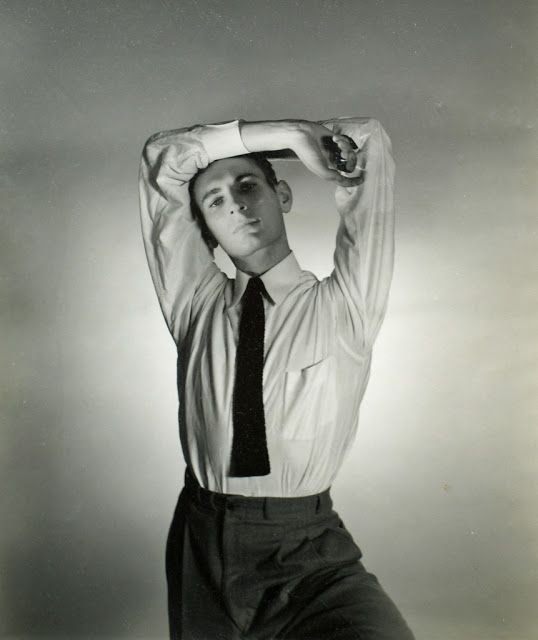
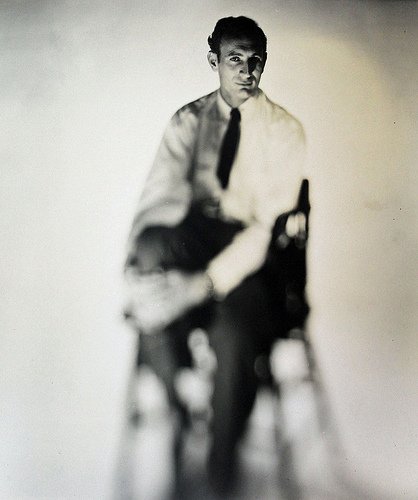
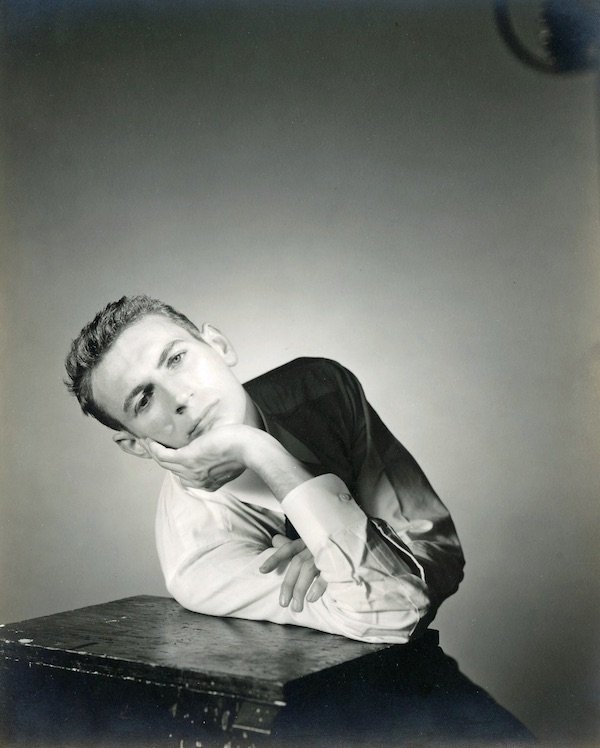
Bernard Perlin self portrait and of Truman Capote, George Platt Lynes, and W. Somerset Maugham.
Perlin would join fellow artists on Fire Island Paul Cadmus, Margaret and Jared French known together as PaJaMa. This was before leaving for duty in the near east as a war artist. Perlin and Paul Cadmus were companions for a short time during these early years of war.
Fire Island became a haven for many artists. A place where they could not only explore their art, but their lives.
Moving on…
Perlin moved to Italy for six years, and his work became more brightly colored.
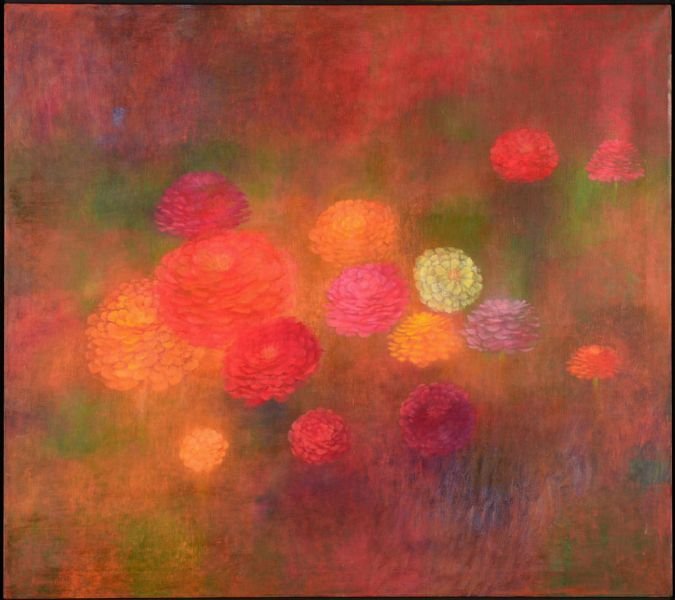
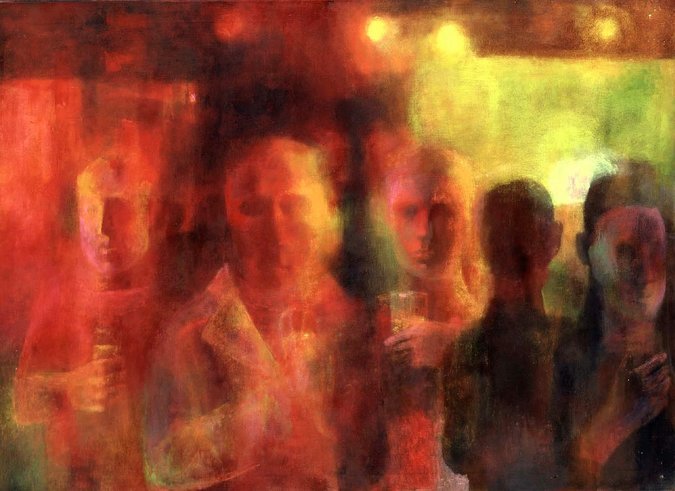


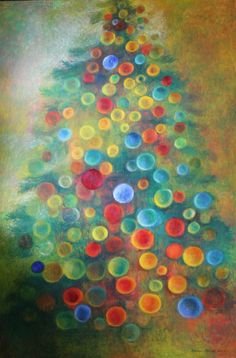
After moving back to New York City , Perlin grew distasteful towards the competitive culture of the city’s art scene. He moved to Ridgefield Connecticut, and continued to paint until the 1970s.
In One-Man Show, Michael Schreiber chronicles the storied life, illustrious friends and lovers, and astounding adventures of Bernard Perlin through no-holds-barred interviews with the artist, candid excerpts from Perlin’s unpublished memoirs, never-before-seen photos, and an extensive selection of Bernard Perlin’s incredible public and private art.”
After several years of retirement, a friend encouraged Mr. Perlin back to the canvas in 2012, and after completing two new pieces the Chair and the Maiden Gallery (New York City) hosted a retrospective of Mr. Perlin’s work in 2013
Perlin was married to Edward Newell. When he stopped painting, Perlin took up growing flowers. Perlin died at the age of 95 in 2014 in his home in Ridgefield.
Copy and photo’s courtesy of http://www.bernardperlin.com/









